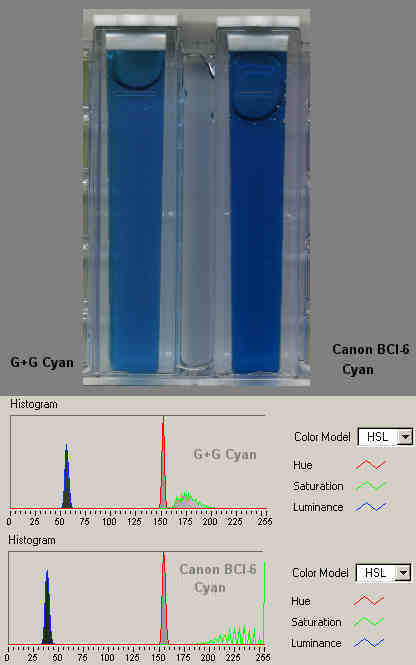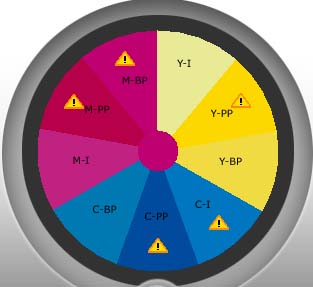- Joined
- Nov 3, 2004
- Messages
- 3,136
- Reaction score
- 1,515
- Points
- 337
- Location
- Bay Area CA
- Printer Model
- CR-10, i560 ,MFC-7440N
So glad we have this forum where people can come together and make this stuff happen!
Keep up the great work guys.
Keep up the great work guys.


